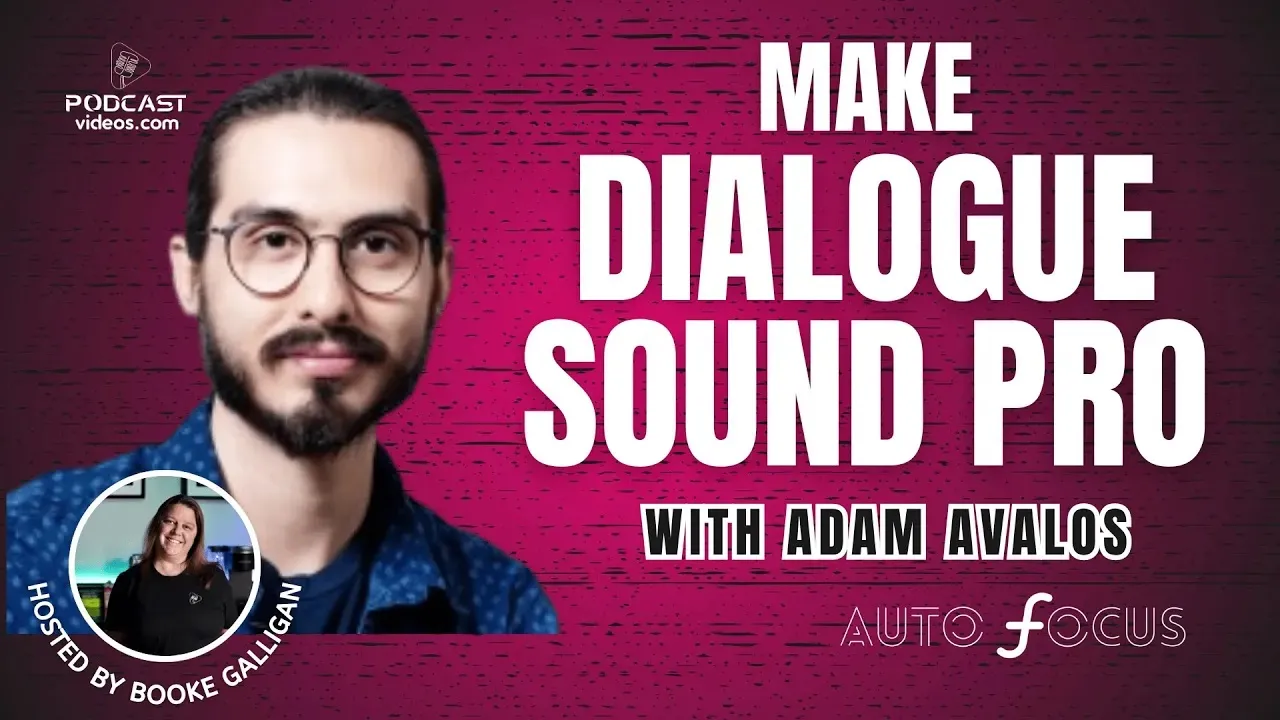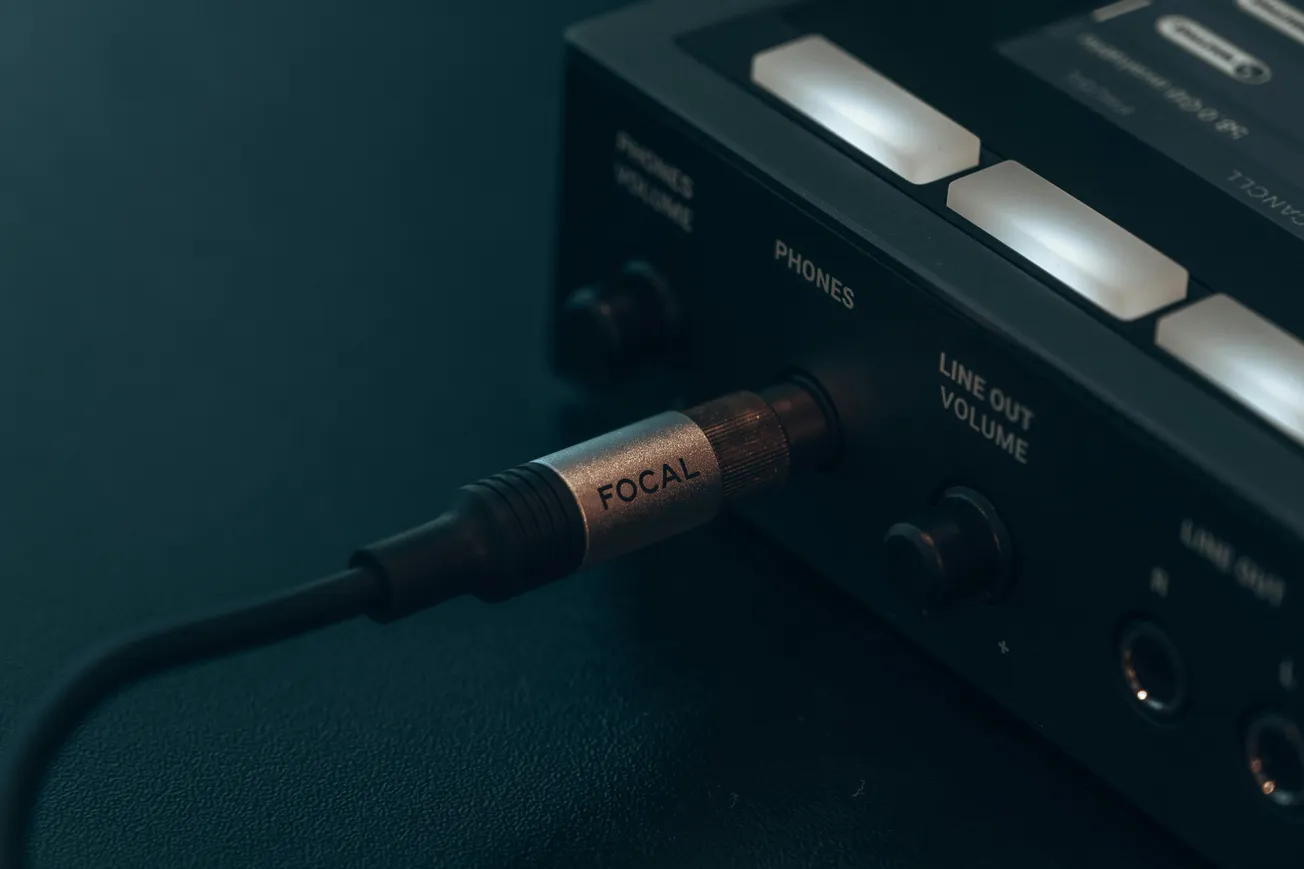A recent study by Metricool reveals that when it comes to social media performance for podcast creators, different channels deliver very different leverage.
On one hand, YouTube is showing the highest engagement rate among the top 100 U.S. podcasts, averaging roughly 3.13%. This suggests that viewers on YouTube are not just watching—they’re interacting, commenting and staying connected to the creator’s community.
On the other hand, Instagram is dominating in total interaction volume. Podcast content on Instagram receives thousands of interactions per post—averaging more than 5,500 interactions, which is about 724% higher than Instagram’s general benchmark.
What does this mean for creators, businesses and educators using podcasts (or video‑podcasts) as a marketing or storytelling tool? A few takeaways:
- Prioritise YouTube when you want deep engagement and community conversation. It’s a strong choice for full‑length episodes, guest interviews and video‑first versions of your podcast.
- Use Instagram strategically for reach and volume: short clips, Reels and highlight moments work particularly well for discovery, sharing and audience growth.
- Don’t assume higher posting volume equals more impact. The study shows that on Instagram and YouTube, the most‑followed podcast accounts weren’t always the highest‑volume posters. Strategy beats quantity.
- For creators with limited resources: lean into YouTube + Instagram as complementary platforms. Use YouTube for your core content and Instagram for baked‑in promotion and shareable moments.
The social media playbook for podcasts is evolving. If you’re building a show, brand or series, it’s not just about being on social media—it’s about being smart about which platforms you use, how you use them, and how your workflow supports that cross‑platform strategy.









